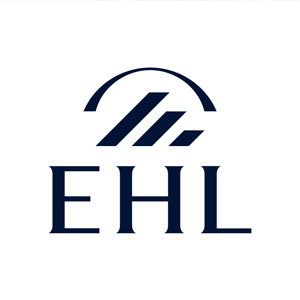The US higher education system is going through a crisis. It is tempting to say that the root of the problem lies with the increasingly high university fees, especially in the most prestigious universities, as suggested by the Financial Times [1].
But are fee prices the real problem with education? Upon closer inspection, it’s clear that pricing is not the main issue at hand, actually quite the opposite. In reality, the ultimate obstacle has to do with the pedagogical approach used in traditional universities, which is completely theoretical and not adapted to a large majority of students. This last assertion may seem counterintuitive, but it simply implies that problems related to education cannot be considered outside of the pedagogical arena.
Vocational schools should not be free
A case in point is the mayor of Chicago, Mr. Emmanuel, who decided to address this issue by reshaping the community college system. US community colleges are the equivalent of German vocational schools and aim at providing a more technical education with a higher level of involvement to industry than traditional universities. Mr. Emmanuel underlines that community colleges do not need to be free. Data actually show that when vocational schools are completely free, only one in four students reach the end of the course. As Professor Austan Goolsbee from Chicago’s Booth School of Business explains, a price of zero increases demand without changing supply. A better policy for these schools should surely imply a price increase and an improvement in the infrastructure and in the quality of teaching.
Another way to understand the problem is to think about the meaning of charging a price. A price reflects the willingness to pay, in other words, the value that the purchaser attaches to the product. At the same time, it reflects the cost of producing the item. A university fee of zero sends the signal that there is no cost in producing the service. Plus, it risks attracting all and sundry, including those who do not have a genuine, deep interest in receiving a specific type of education. Conversely, a positive price suggests that the cost of education is important and that only those who value it should have access to it. Of course, in such an environment, a strong sense of motivation, and not simply the ability to pay, should matter enormously. A meritocratic system should give preference to the best students with the right motivation to have access to education, no matter their financial means.
Combining academic excellence and applied arts
But, returning to the concept of quality. What do we mean by quality of education within the context of applied schools? In our opinion, quality of teaching is reflected in the ability to use several techniques, more or less applied, to communicate the same deep concepts that are taught in the more traditional universities. Quality for a vocational school means to allow its students to transit to more traditional institutions for their graduate studies. That’s how we promote the combination of academic excellence and applied arts.
Ecole hôtelière of Lausanne already is, and hopefully will become even more in the near future, a great applied example of this concept. At EHL, the applied experiences of our lecturers and clinical Professors are fusioned with the fully academic approach of our research Professors. Thanks to their practical experiences, our students can easily understand how to apply complex concepts to reality. This allows us to overcome the usual difficulties associated with abstract notions, without losing their deep meaning.
As we know, in terms of fees, EHL places itself at the same level as the best US universities. Would it work better if the school were completely free? Probably not. In a world where information is not perfect and we cannot measure exactly the quality of education, the price becomes a sign of quality. Of course, signals must be supported by deep academic content, which is, after all, what really matters for a society that wants to achieve a structural and organic growth in the long run.
[1] See Financial Times, « US higher education crisis: lessons from the Chicago Schools » March 17, 2019.





